Tea, as an integral part of Chinese culture, has been cherished by people for thousands of years. From the cultivation of tea leaves to the art of brewing, every aspect reflects the wisdom and artistry of ancient times. Today, let's delve into the utensils used in ancient tea brewing so we can better appreciate the profound heritage of Tea culture.
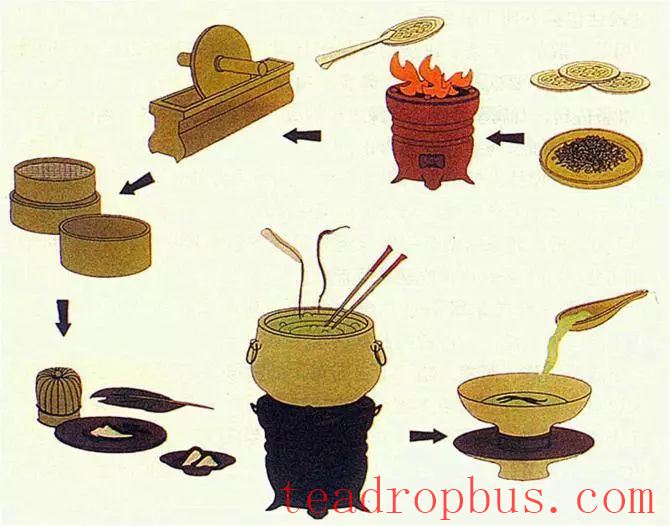
(Image source: internet, delete upon request)
Varied Types of Ancient Tea Brewing Utensils
In ancient China, there were a wide variety of utensils used for brewing tea, each with its unique function and significance. The Tea Classic records 25 main types of tea utensils that each play their part in the brewing process, collectively contributing to a perfect cup of tea.
Feng Lu and Pan: Essential for Heating Water
The feng lu and pan are crucial tools for heating water in ancient tea preparation. The feng lu is typically made of brass or iron and used to heat water, while the pan is a pot made mostly of cast iron, used for holding water. These two utensils play a vital role in ensuring the proper temperature of the water, which is essential for bringing out the best aroma and flavor from the tea leaves.
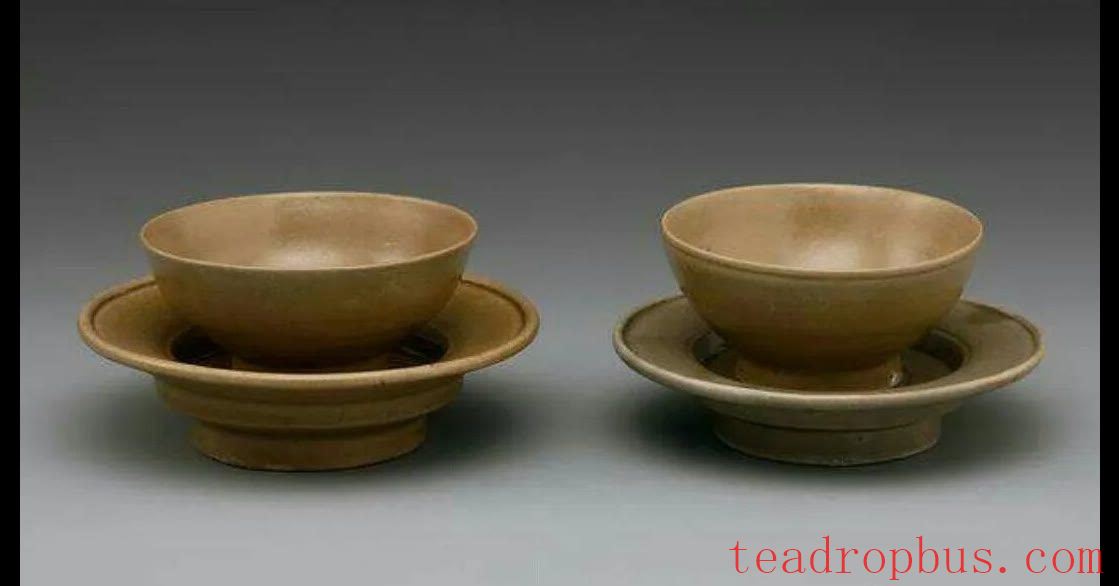
(Image source: internet, delete upon request)
Nian and Luohe: Grinding and Storing Tea
The nian is a wooden tool used for grinding tea leaves, while the luohe is a bamboo container for storing ground tea. Grinding the tea leaves helps release their full aroma and flavor, and the luohe's mesh bottom helps maintain the dryness and freshness of the tea.
Tea Cups and Teapots: Core Components of Tea Tasting
Tea cups and teapots are indispensable utensils in the tea tasting process. Ancient tea cups often had lids and saucers to help retain the temperature and aroma of the tea. Teapots came in various materials such as porcelain, clay, and iron, each affecting the Taste of the tea differently.
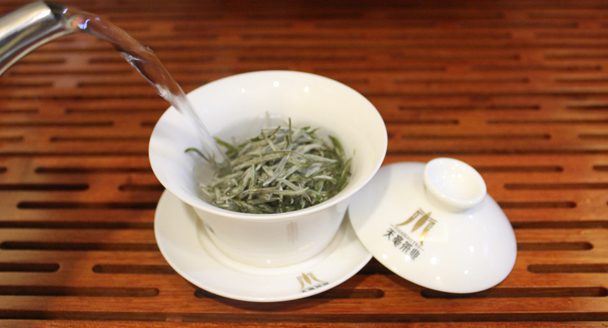
(Image source: internet, delete upon request)
Lushu Nang and Shuyu: Filtration and Reheating
The lushu nang is a filter made of tender bamboo and silk, used to remove impurities from the tea, ensuring clarity in the infusion. The shuyu is a container made of clay or coarse pottery, used to reheat water, playing a role in maintaining the water temperature during the brewing process.
Jia and Ze: Precise Tools for Preparation
The jia and ze are precise tools used in ancient tea preparation. The jia is a green bamboo pincer used to secure tea cakes, while the ze is a small spoon for measuring the weight of tea leaves, made of shell, wood, iron, or bamboo. These tools make each step of the brewing process more precise and elegant.
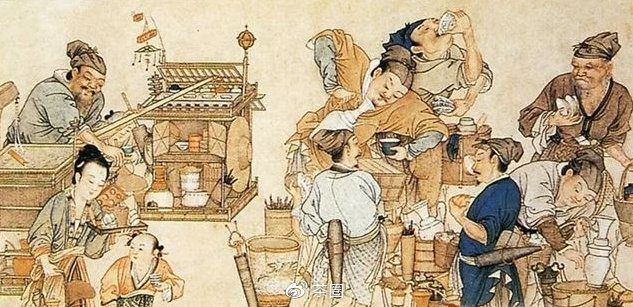
(Image source: internet, delete upon request)
Juli and Dulan: Organization and Portability
The juli is a rack made of bamboo or wood for orderly storage and display of all tea utensils. The dulan is a large container that can hold all tea ware and utensils, making them easy to carry and store.
The Modern Significance of Tea Culture
While modern technology has brought more convenient ways of brewing tea, the utensils and techniques of ancient times still hold significant cultural and historical value. They are not only symbols of tea culture but also windows into understanding ancient life and wisdom. Today, many tea connoisseurs continue to use traditional tea brewing utensils to experience the ancient art of tea brewing and feel the unique charm of tea culture.
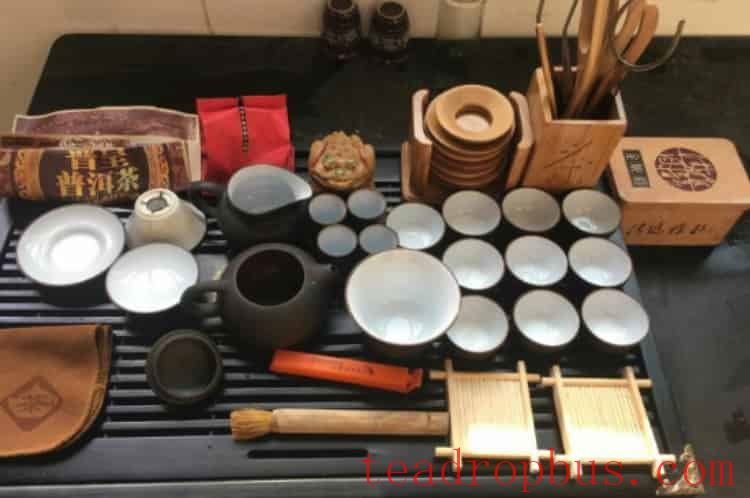
(Image source: internet, delete upon request)
By learning about and using these ancient tea brewing utensils, we can not only brew a better cup of tea but also experience tranquility and elegance, feeling the deep heritage and long history conveyed by tea culture.
Whether you are a novice in tea arts or a seasoned enthusiast, you can embark on a delightful journey with tea through these ancient brewing utensils.